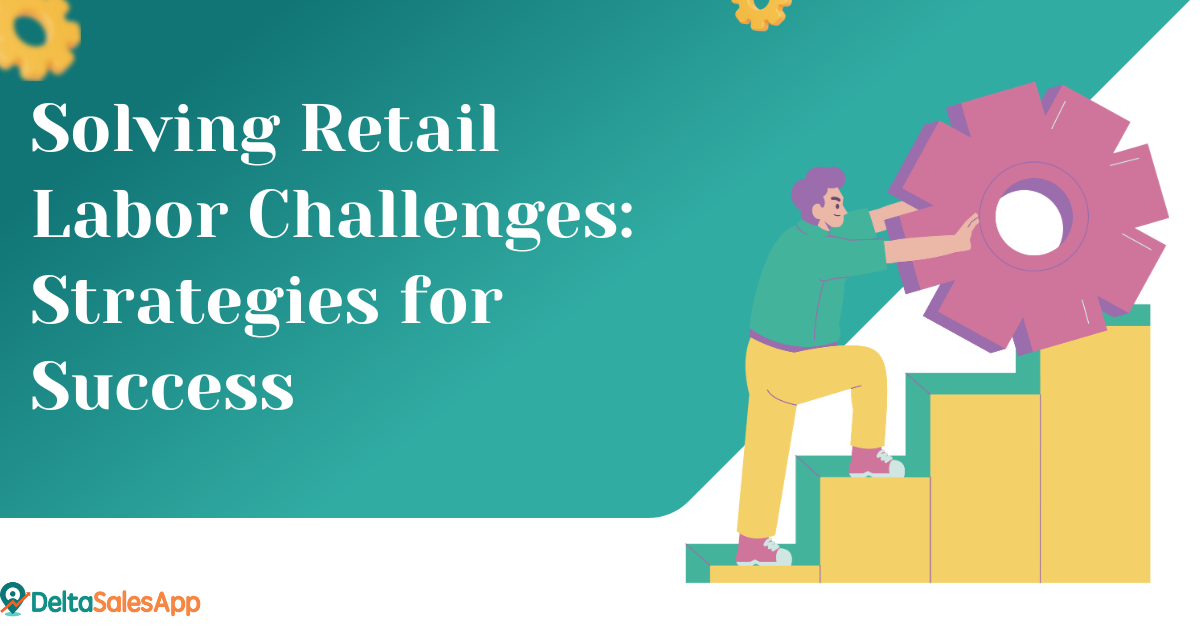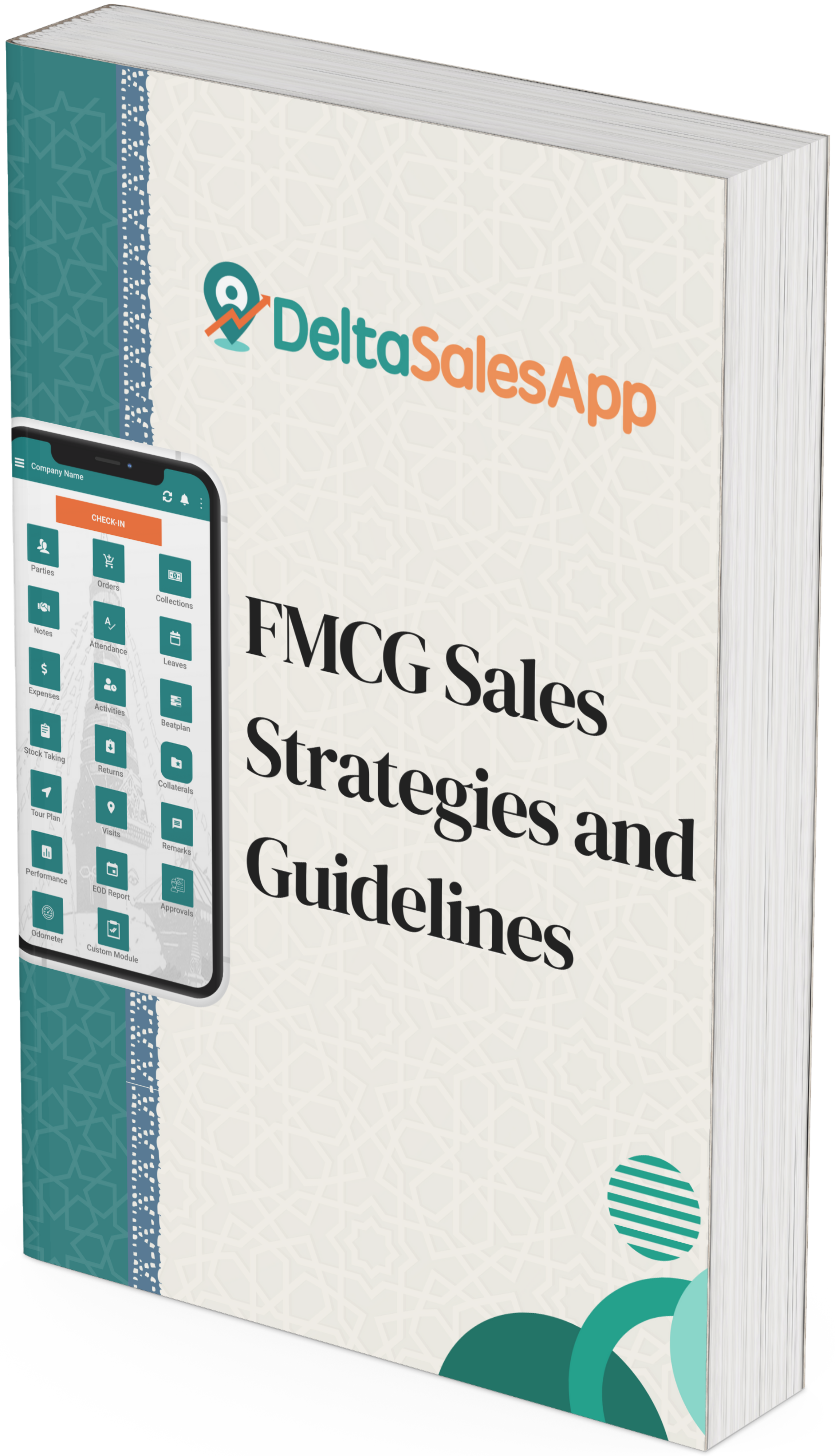Solving Retail Labor Challenges : Strategies For Success

The retail industry is currently facing an ongoing labor shortage, which has significantly impacted field operations. As brands and retailers navigate the ever-evolving labor landscape, they must adapt to new strategies that address this challenge while maintaining efficiency and customer satisfaction. With the right tactics, companies can overcome the labor shortage and continue to thrive in a competitive marketplace.
Here, we explore some of the most effective strategies that industry leaders are using to solve retail labor challenges and ensure the success of their operations.
1. Boosting Pay and Incentives for Better Retention
One of the primary strategies used by brands to combat labor shortages is increasing pay and providing incentives to existing employees. Many companies are introducing bonuses, raising base salaries, and offering flexible schedules to make jobs more attractive. These efforts not only help with recruitment but also improve retention rates by ensuring employees feel valued and motivated to stay long-term.
For example, businesses that are successfully retaining staff often implement reward systems, such as bonuses for meeting performance targets or flexibility in work hours, to enhance employee satisfaction. Offering competitive pay alongside these perks is crucial in attracting and retaining the best talent in a tight labor market.
2. Optimizing Territory Coverage with Smart Scheduling
Field sales leaders are increasingly focusing on how to maximize their team's time in the field by optimizing schedules and routes. By prioritizing high-value tasks and stores, companies can ensure that their field reps spend their time effectively, reducing unnecessary travel and focusing on tasks that drive growth.
This approach not only saves time but also improves productivity. Managers can assess current schedules and routes, leveraging data to identify which areas require more focus and where adjustments are needed. By revising their teams' territory coverage strategies, businesses can make better use of their field reps, ensuring that they work smarter, not harder.
3. Fostering a Positive Internal Culture and Work Environment
Companies are increasingly focusing on improving their internal culture to boost employee morale and reduce turnover. Flexible work-from-home options, additional time off, and wellness programs are just a few ways companies are showing employees that they are valued. Creating a supportive work environment can also lead to increased productivity, as employees feel more engaged and motivated to do their best work.
A strong internal culture, combined with supportive leadership and regular feedback, can improve both employee satisfaction and retention. For businesses experiencing high turnover rates, focusing on these areas can make a significant difference in building a motivated and committed team.
4. Upskilling and Retraining Employees for Growth
In today's labor market, many companies are choosing to invest in the development of their current employees rather than solely focusing on hiring externally. Training and upskilling programs allow businesses to fill internal skill gaps, increase employee engagement, and provide career advancement opportunities within the organization.
By offering skill development programs, businesses can reduce recruitment costs and improve internal employee satisfaction. Empowering employees to learn new skills and take on different roles helps them feel more confident in their positions and gives them a sense of ownership over their careers.
5. Streamlining Onboarding and Training Processes
In addition to upskilling existing employees, many companies are focusing on improving their onboarding processes to make hiring less experienced workers easier. Streamlining training programs can ensure that new hires quickly learn the necessary skills to perform their roles effectively, helping them become productive members of the team faster.
Hiring for attitude over experience is becoming a key strategy in the labor shortage, as companies realize that passion and a positive attitude are just as important as technical skills. Once employees are brought on board, well-designed training programs ensure they are equipped with the knowledge and confidence they need to succeed.
6. Using Technology to Improve Operational Efficiency
Retail brands are increasingly turning to technology to streamline operations, reduce administrative work, and enhance field management. Field management software and other tech solutions can help companies better track employee performance, optimize routes, and improve scheduling, allowing for more efficient use of resources.
By leveraging technology, brands can make data-driven decisions that improve labor management, increase productivity, and reduce costs. These tools can also provide real-time visibility into field operations, enabling managers to monitor progress and make adjustments as needed.
7. Building a Referral Program to Source Quality Candidates
Another effective strategy to combat the labor shortage is implementing an employee referral program. By encouraging current employees to refer qualified candidates, companies can reduce hiring time and ensure they are bringing in the right talent. Referral programs also offer the added benefit of ensuring that new hires already have a connection to the company culture, improving retention rates.
In addition to employee referrals, creating a strong employer brand that emphasizes the company's values and mission can attract candidates who are aligned with the business's goals and culture.
Conclusion: Adapting to the New Retail Labor Landscape
As retail brands continue to grapple with labor challenges, they must adopt innovative and strategic approaches to maintain productivity and support their teams. By focusing on increasing pay and incentives, optimizing field operations, fostering a positive work culture, and investing in upskilling and training, businesses can address labor shortages and position themselves for long-term success.
As the labor landscape continues to evolve, the most resilient brands will be those that not only adapt to the challenges they face but also prioritize employee satisfaction, career development, and operational efficiency. By leveraging these strategies, brands can turn current labor challenges into opportunities for growth and success.









